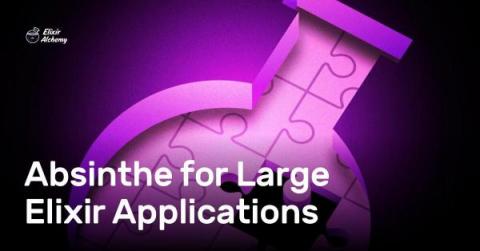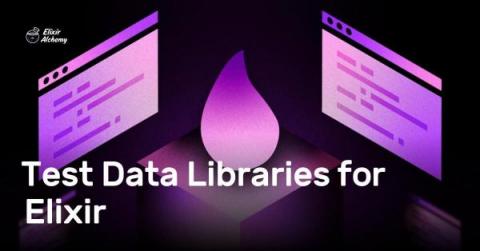Phoenix 1.7 for Elixir: Edit a Form in a Modal
In part one of this series, we introduced the CoreComponents that get generated when bootstrapping a new Phoenix project. In part two, we implemented a create modal. Now, we will implement an edit modal. You can continue following along with our companion repo.











